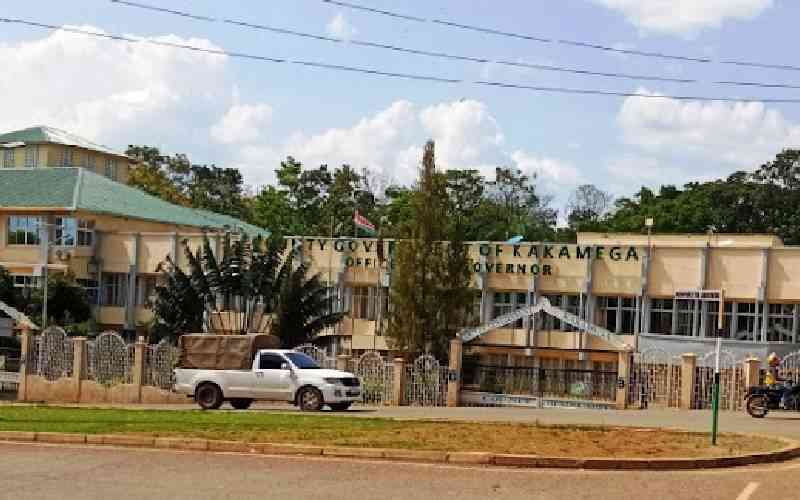Kenya joined the globe in marking World Aids Day on Thursday with an overarching message that more must be done to prevent infections, especially among adolescents who are looking more vulnerable each year. This group has in recent times become the focus of HIV and Aids interventions. Among the country’s 1.6 million people living with the virus, 30,000 adolescents are infected each year. Health authorities say that one in every three persons infected with the virus is under 24 years. This rate of infections is far too high, especially when prevalence rates are declining in countries with more advanced economies.
Ever since the condition was first diagnosed 31 years ago, the feeling among younger Kenyans is that HIV is a medical condition rather than the death sentence it once was. This could be one of the reasons why health experts who marked World Aids Day in Mombasa and Meru projected their messaging to the youth. In Likoni, Mombasa, where drug addiction is prevalent and where prostitution is rampant, Mvita MP Abdulswamad Nassir said they would focus on supplying addicts with methadone to wean them off their addiction, even as sex workers are targeted in HIV/Aids awareness campaigns.
And in Meru where there were 1,127 new infections among those aged between 14 and 35 years, the plan was to put more people who had tested positive on anti-retroviral drugs (ARVs). However, older people should also be targeted by health experts running these awareness campaigns — for example, numerous studies have indicated that the infection rate is high among married couples, who have demonstrated a lower propensity to practice safe sex.
There is an overriding concern that not all people living with the virus can access ARV therapies, contributing to higher mortality in many cases and increasing the prospects of spreading the virus.
More must be done to reduce the number of infections; 100,000 new infections every year is way too high. And having four per cent of the country’s population on treatment is not just expensive, it also puts a heavy burden on the health sector as hospitals and clinics are saddled with treating and managing patients with malaria, tuberculosis, cancer and the like.
Where HIV/Aids awareness programmes are not yielding the desired results, a rethink of the interventions may be required. Research indicates that in areas such as Siaya, Kisii, Homa Bay and Bomet, one in four residents are living with the virus. These are damning statistics, and the medical intervention should take cognizant of this fact.
The world is committed to ending HIV infections by 2030 as captured in the Sustainable Development Goals. Kenya should not be left behind.
 The Standard Group Plc is a
multi-media organization with investments in media platforms spanning newspaper
print operations, television, radio broadcasting, digital and online services. The
Standard Group is recognized as a leading multi-media house in Kenya with a key
influence in matters of national and international interest.
The Standard Group Plc is a
multi-media organization with investments in media platforms spanning newspaper
print operations, television, radio broadcasting, digital and online services. The
Standard Group is recognized as a leading multi-media house in Kenya with a key
influence in matters of national and international interest.
 The Standard Group Plc is a
multi-media organization with investments in media platforms spanning newspaper
print operations, television, radio broadcasting, digital and online services. The
Standard Group is recognized as a leading multi-media house in Kenya with a key
influence in matters of national and international interest.
The Standard Group Plc is a
multi-media organization with investments in media platforms spanning newspaper
print operations, television, radio broadcasting, digital and online services. The
Standard Group is recognized as a leading multi-media house in Kenya with a key
influence in matters of national and international interest.








